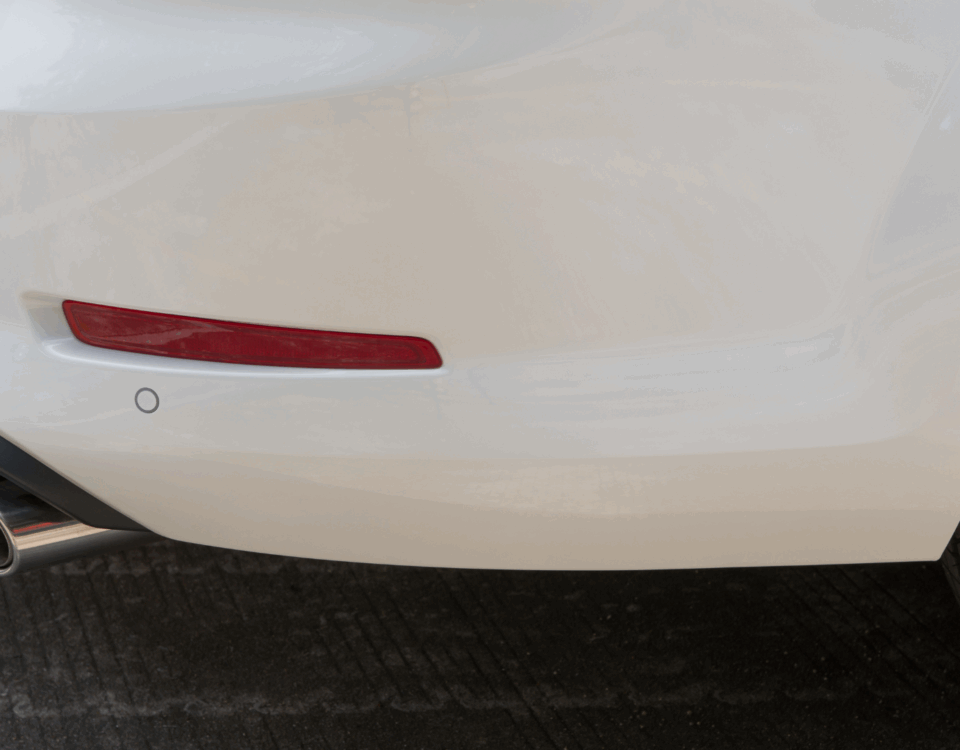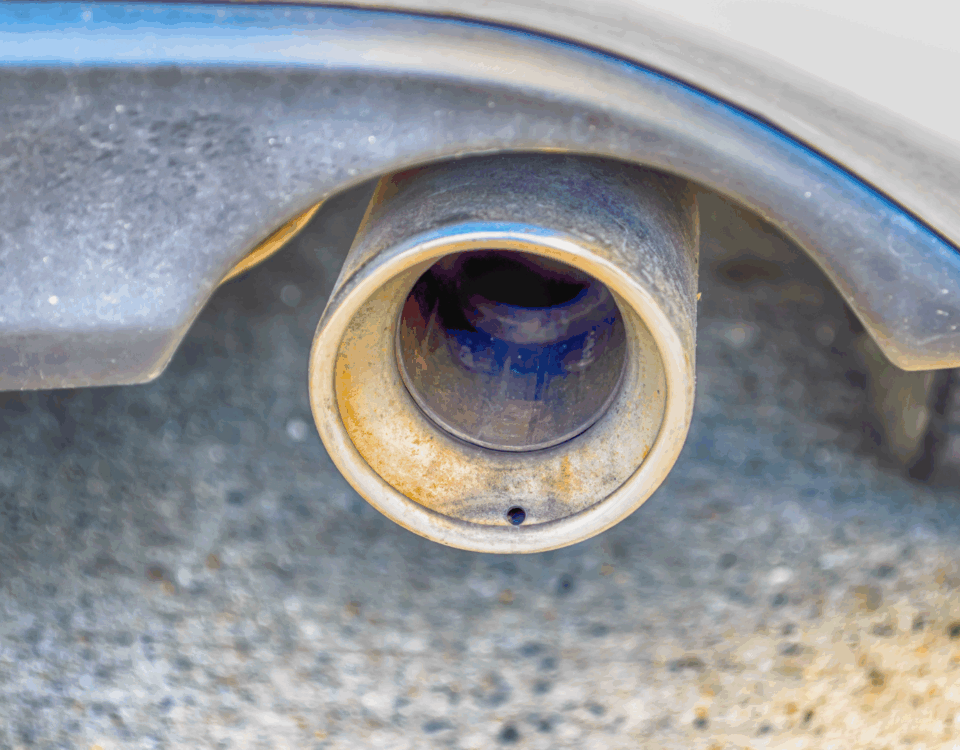Common Reasons for Smog Test Failure: What to Watch Out For
November 25, 2024Smog Test Frequency and Regulations: What You Should Know
December 4, 2024Ensuring your vehicle passes a smog test is crucial for staying compliant with local emissions laws and protecting the environment. However, many vehicle owners encounter failure during their test, often due to avoidable issues. In this article, we’ll explore the top reasons for smog test failure and how you can address these challenges effectively.
1. Malfunctioning Oxygen Sensors and Their Impact on the Smog Test
One of the most frequent culprits for a failed smog test is a faulty oxygen sensor. This small but essential component monitors the oxygen levels in your exhaust system and ensures that your engine is running efficiently. When the oxygen sensor is damaged or worn out, it can lead to increased emissions and irregular combustion.
Signs of a failing oxygen sensor include reduced fuel efficiency, the smell of gasoline in your vehicle, or an illuminated check engine light. Replacing this sensor is relatively straightforward and can save you from failing future tests. Regular maintenance and preemptive checks before a smog test can mitigate this issue.
2. Worn-Out Catalytic Converter and Smog Test Consequences
The catalytic converter plays a significant role in reducing harmful emissions by converting pollutants into less harmful substances. If this critical component is malfunctioning, it can lead to excessive emissions that will immediately cause you to fail a smog test.
Over time, catalytic converters wear down due to age, mileage, or excessive exposure to unburned fuel. Symptoms of a failing catalytic converter include poor engine performance, decreased acceleration, and a noticeable sulfur-like smell from your exhaust. Repairing or replacing this part can be costly, but it is essential for compliance and environmental health.
3. Check Engine Light On Before the Smog Test
A simple but common reason for smog test failure is the presence of an illuminated check engine light. Modern testing equipment detects this as a potential issue, and your vehicle will fail automatically.
The check engine light can be triggered by various problems, ranging from minor to severe, such as a loose gas cap, faulty spark plugs, or emission system malfunctions. Conducting a diagnostic scan and addressing the underlying problem before your smog test will increase your chances of passing without complications.
4. High Levels of Carbon Monoxide and Hydrocarbon Emissions
Vehicles with engines running too rich—burning excess fuel compared to air—are often flagged during a smog test. This imbalance leads to high carbon monoxide (CO) and hydrocarbon (HC) emissions, both of which are major contributors to air pollution.
A poorly functioning fuel injection system, clogged air filters, or old spark plugs can cause this issue. Regular tune-ups and ensuring that your vehicle’s engine is operating at optimal efficiency can significantly reduce CO and HC emissions, improving your chances of passing the test.
By understanding these common reasons for smog test failure, vehicle owners can take proactive steps to maintain their cars and avoid the hassle of re-inspections. Staying ahead of these issues ensures not only compliance with regulations but also contributes to cleaner air for everyone.





